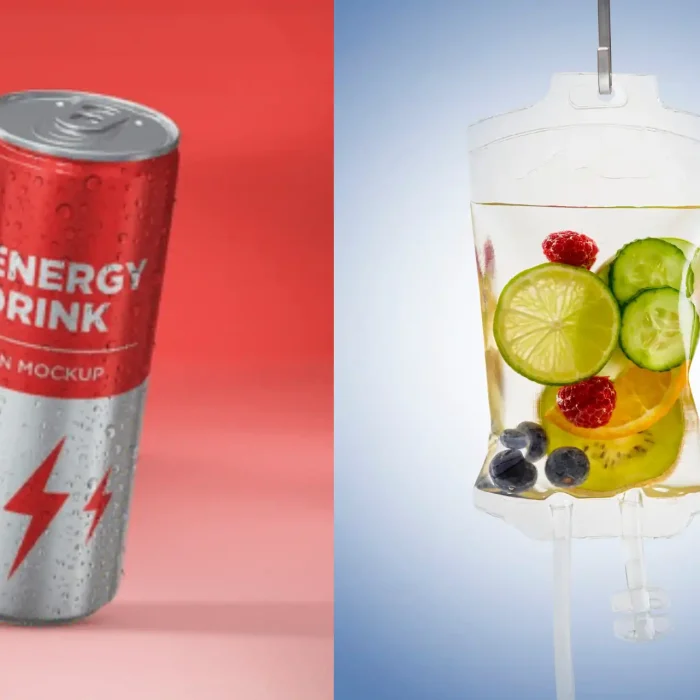Have you ever dreaded the clinic waiting room just for a simple blood test? You’re not alone. In today’s world, convenience is everything especially when it comes to your health. That’s why home blood sampling is gaining serious attention. It’s quick, safe, and lets you check in on your health from the comfort of your couch. Sounds good, right?
In this guide, we’ll walk you through everything you need to know. You’ll learn what home blood sampling is, how it works, which kits are best, how to avoid common mistakes, and what to do once your sample is on its way to the lab. Let’s break it down simply, clearly, and practically.
What Is Home Blood Sampling?
Home blood sampling is a modern method that lets you collect your own blood sample usually through a quick finger prick then send it to a certified lab for testing. It’s like a lab visit but without the drive, wait, or paperwork. Some kits use advanced techniques like dried blood spots (DBS) or microsampling devices.
Unlike traditional blood draws that require a needle and trained professional, home kits are made for regular people with no medical background. They’re designed to be painless, mess-free, and straightforward. Many even come with prepaid return envelopes.
Wrap-up: It’s health testing made easy, designed to fit into your life not the other way around.
Benefits & Accuracy: What Research Says
The growing popularity of home blood testing isn’t just about convenience it’s also about trust. People want fast, reliable insights without the hassle of doctor visits or crowded labs. But there’s still one big question: can these small kits deliver big results? In this section, we’ll explore the actual benefits, accuracy claims, and scientific backing behind today’s top home blood sampling solutions. You’ll get a clear view of how they compare to traditional methods.
Wrap-up: Home blood tests offer lab-grade results without leaving your house. When done right, they’re just as accurate as going to a clinic.
Pre-Test Prep That Improves Accuracy
If you want accurate results, you have to set yourself up for success. That means prepping before your test. First, hydrate well the day before dehydration makes blood collection harder. Avoid caffeine and alcohol for at least 12 hours, and try to fast if your test requires it.
Warm your hands before sampling. Use a heating pad or run your hands under warm water. Cold hands = slow flow = more frustration. Also, pick a calm, well-lit space where you won’t be rushed.
Checklist:
- Drink water 24 hours before
- Avoid caffeine, alcohol
- Warm your hands
- Prepare the kit and clean area
Wrap-up: A little prep goes a long way. The smoother your collection, the better your results.
Top Home Blood Sampling Kits Compared
There are dozens of home testing kits out there but not all are created equal. Here’s a quick side-by-side look at some of the most popular options.
| Kit Name | Method | Price Range | Best For | Turnaround Time |
| Thriva | Finger-prick | $50–$120 | Wellness tracking | 48–72 hrs |
| LetsGetChecked | DBS card | $89–$149 | Hormone testing | 3–5 days |
| Everlywell | Finger-prick | $49–$199 | General lab panels | 3–7 days |
| Verisana | Microsampling | $69–$159 | Hormone + thyroid | 5–7 days |
When choosing a kit, consider your health goal. Do you need a general check-up or a specialized panel? Look for certifications, lab accreditation, and customer reviews.
Wrap-up: Choose a kit that matches your needs, budget, and comfort. Don’t just go with the cheapest go with the right one.
How to Use a Home Blood Sampling Kit
Opening your home blood sampling kit might feel a little intimidating at first, but don’t worry it’s designed for simplicity. No white coat, no long instructions, and no special skills needed. Whether you’re testing for cholesterol, hormones, or just doing a wellness check, following the steps exactly will ensure accurate results. This section gives you a detailed, stress-free walk-through. You’ve got your kit now what? Here’s how to collect a sample correctly.
Step-by-step:
- Wash and dry your hands
- Warm them using water or a heating pad
- Clean the fingertip with an alcohol swab
- Use the lancet to prick the side of your fingertip
- Let blood drip into the collection tube or card (no squeezing!)
- Seal and label the sample as instructed
- Mail it using the prepaid envelope
Pro tip: Use gravity let your arm hang down to encourage flow. Don’t rush or squeeze your finger too hard; it can dilute the sample.
Wrap-up: Take your time, follow the instructions, and you’ll be just fine. It’s easier than it sounds.
Troubleshooting Common Issues
What if things don’t go smoothly? It happens. If you can’t get enough blood, try rewarming your hand and gently shaking your arm. Avoid squeezing the fingertip this can affect your sample quality.If your sample clots or the label is wrong, contact the provider for a replacement kit. Most companies offer free redos for first-time errors.
Also, don’t skip mailing it out promptly. Delayed samples can degrade, especially in extreme temperatures. Wrap-up: Mistakes are fixable, but prevention is better. Stay calm and follow the checklist.
What Happens After You Send the Sample?
Many people stop thinking about the process once the envelope is sealed and shipped. But what happens to your blood sample after that? It goes through a detailed and secure chain of procedures to ensure accuracy and confidentiality. Understanding this journey can help you trust the process and feel more connected to your results.
In this section, we explain how labs handle your sample step-by-step until you see your health report. Wrap-up: You’re not just mailing blood you’re starting a feedback loop with your health.
Are These Tests Safe and Legal?
Safety and legality are often overlooked when it comes to at-home health tests but they matter. You’re dealing with real medical data, and that comes with risks if done incorrectly or through unverified companies. In this section, we’ll break down the legal considerations by region and highlight the certifications and standards that make home blood tests both trustworthy and compliant. Knowing this helps you choose wisely.
Wrap-up: Legal? Mostly. Safe? Absolutely when you go with verified providers.
Expert Tips from Healthcare Pros
Dr. Ayesha Khan, a clinical lab director, says: “Home kits are a game-changer for preventive care. Just make sure you’re following instructions and choosing CLIA-certified labs.”
Also, some doctors recommend combining home testing with annual physicals for better context. Wrap-up: Home testing works best when it’s part of your bigger health routine not a total replacement.
Final Thoughts:
Home blood sampling makes health monitoring easier, faster, and way more convenient. From prepping your hands to mailing your sample, each step is simple if you know what to expect. The best part? You stay in control of your health without stepping outside. So go ahead order that kit. Your future self (and your schedule) will thank you.
Want help choosing the best kit for your needs? Drop a comment below or explore our in-depth reviews.
FAQs
1. How accurate is home blood sampling?
Home blood sampling is highly accurate when done correctly. Most kits are clinically validated and processed in CLIA-certified labs. For common biomarkers, accuracy is comparable to in-clinic venous blood draws.
2. Can home blood tests be used for regular health checkups?
Yes, home blood tests are ideal for routine checkups. They can measure cholesterol, vitamin D, hormone levels, thyroid function, and more often with results in just a few days.
3. Does home blood sampling hurt?
Home blood sampling involves a quick finger prick. Most users report only mild discomfort that lasts a few seconds. The lancets are designed to be minimally invasive and easy to use.
4. How long does it take to get home blood test results?
Results from home blood tests typically take 48 hours to 7 days. Timing depends on the provider, the test type, and how quickly the sample is returned and processed by the lab.
5. What happens if my blood sample is rejected?
If your blood sample is rejected, most companies will send a free replacement kit. Rejections usually happen due to insufficient blood or incorrect labeling, both of which can be avoided with careful prep.




